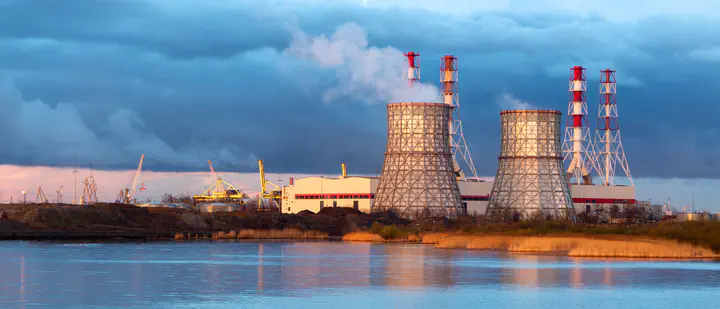What Drives Soaring Wholesale Electricity Prices During Nuclear Refueling Outage?
 Image credit: Unsplash
Image credit: Unsplash
Abstract
Nuclear power has the lowest marginal cost among all non-renewable energy, so it always sits at the bottom of the supply curve when the reactors operate. However, reactors must undergo periodic refueling approximately every 18 months, and refueling typically leads to month-long outages. In this study, we examine how nuclear refueling outage affects the electricity wholesale market in New England. Using day-ahead hourly market data between 2016 and 2018, we find that the market-clearing price increases by $7.8 on average when at least one of the four nuclear reactors in the region is offline. This large price increase could reflect the negative supply shock as well as increased market power from dominant firms. Our analysis of firms’ bidding behavior suggests that approximately two-thirds of the price effect is explained by increased market power. Back-of-the-envelope calculations show that consumers pay an extra $80 million per year for the electricity they consume, which is purely a transfer to producers.